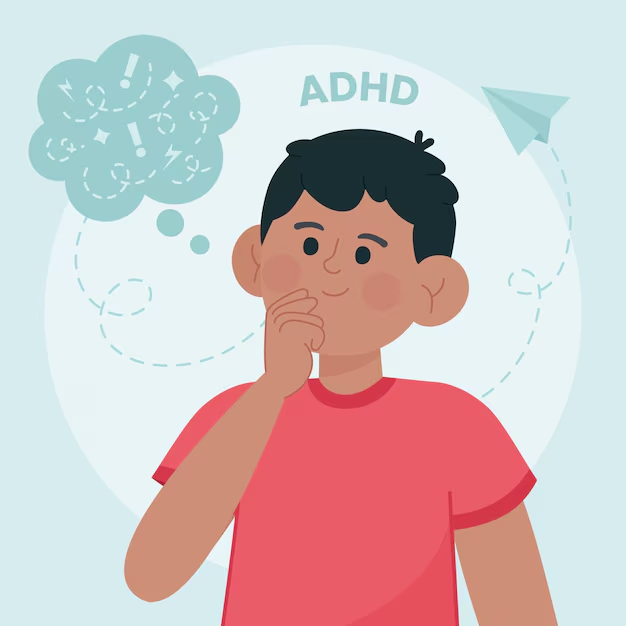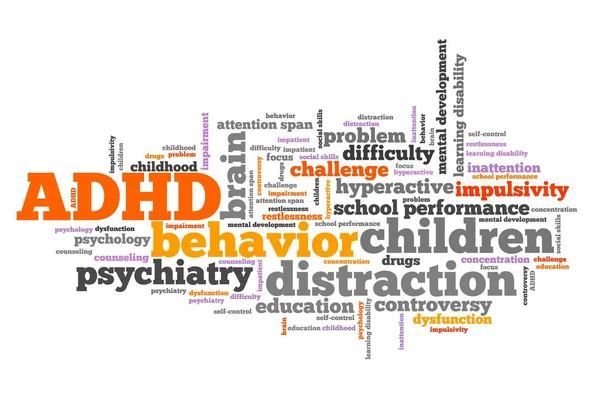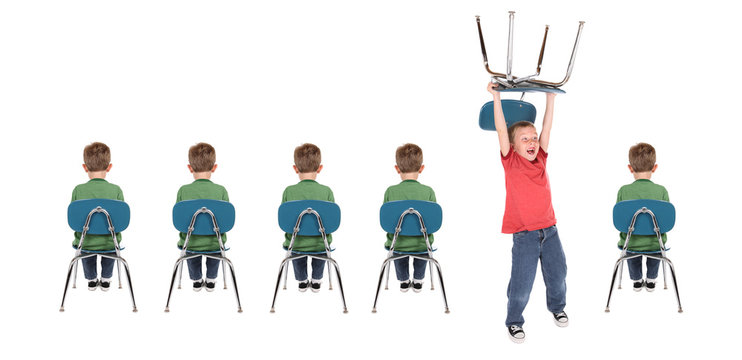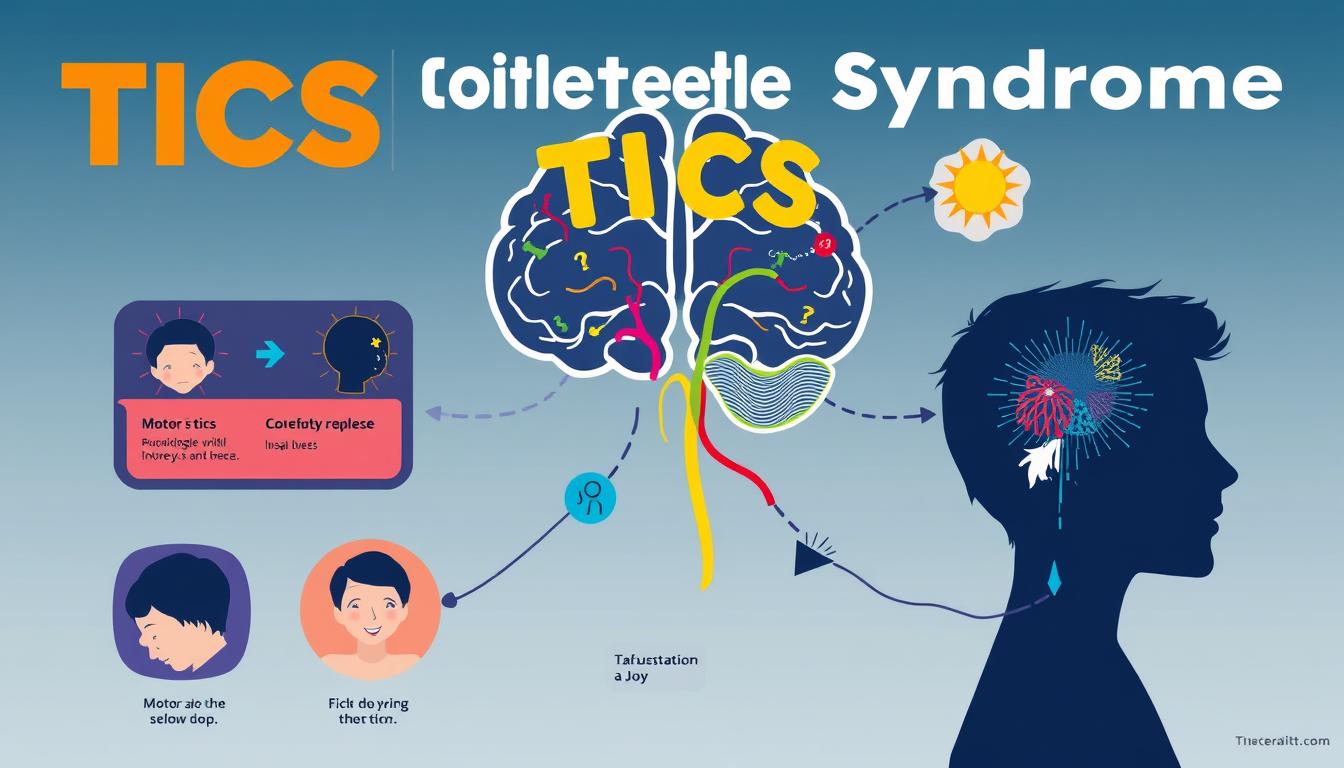ADHD (Attention-Deficit/Hyperactivity Disorder) is a prevalent neurodevelopmental disorder affecting millions of children in the United States. Recognizing and addressing ADHD is crucial for fostering a supportive environment that encourages children to thrive. This article aims to provide insights into understanding ADHD and practical strategies for supporting affected children.
What is ADHD?

ADHD is characterized by symptoms of inattention, hyperactivity, and impulsivity. According to the American Academy of Pediatrics (AAP), ADHD can manifest in various ways, including difficulty focusing on tasks, excessive movement, and acting without thinking. These behaviors can significantly impact a child’s academic performance, social interactions, and family relationships.
Recognizing Symptoms
Parents and educators play a vital role in identifying potential ADHD symptoms. Common signs include:
- Inattention: Difficulty sustaining attention in tasks or play activities.
- Hyperactivity: Excessive fidgeting or talking.
- Impulsivity: Interrupting others or making hasty decisions without considering consequences.
If these symptoms are persistent and interfere with daily functioning, it may be time to seek a professional evaluation.
Diagnosis and Evaluation

Diagnosing ADHD involves comprehensive assessments conducted by qualified healthcare professionals. The DSM-5 criteria serve as a crucial guideline for diagnosis, requiring input from parents, teachers, and the child themselves to ensure an accurate evaluation. It’s essential to thoroughly rule out other conditions that may mimic ADHD symptoms, such as anxiety disorders or learning disabilities, to provide the most effective support and intervention strategies.
Treatment Options

Effective treatment for ADHD often combines behavioral therapies with medication. The AAP recommends:
- Behavioral Interventions: Parent training in behavior management can help establish routines and reinforce positive behavior.
- Educational Support: Schools can implement Individualized Education Programs (IEPs) or 504 plans to accommodate learning needs.
- Medication: Stimulant medications like methylphenidate may be prescribed when behavioral interventions alone do not suffice.
Supporting Your Child
Parents can take proactive steps to support their child with ADHD:
- Create a structured environment: Establish consistent routines at home to help your child feel secure and supported in their daily life.
- Encourage Communication: Actively foster an open dialogue about feelings, concerns, and challenges related to ADHD in order to create a supportive atmosphere.
- Promote Healthy Habits: Encourage regular physical activity, balanced nutrition, and adequate sleep to support overall well-being and enhance focus.
- Seek Professional Help: Don’t hesitate to consult pediatricians or mental health professionals for guidance and support tailored to your child’s specific needs.
Conclusion
Understanding ADHD is the first step toward supporting children who face its challenges. By recognizing symptoms early and implementing effective strategies, parents and educators can create an environment where children with ADHD can succeed academically and socially.



